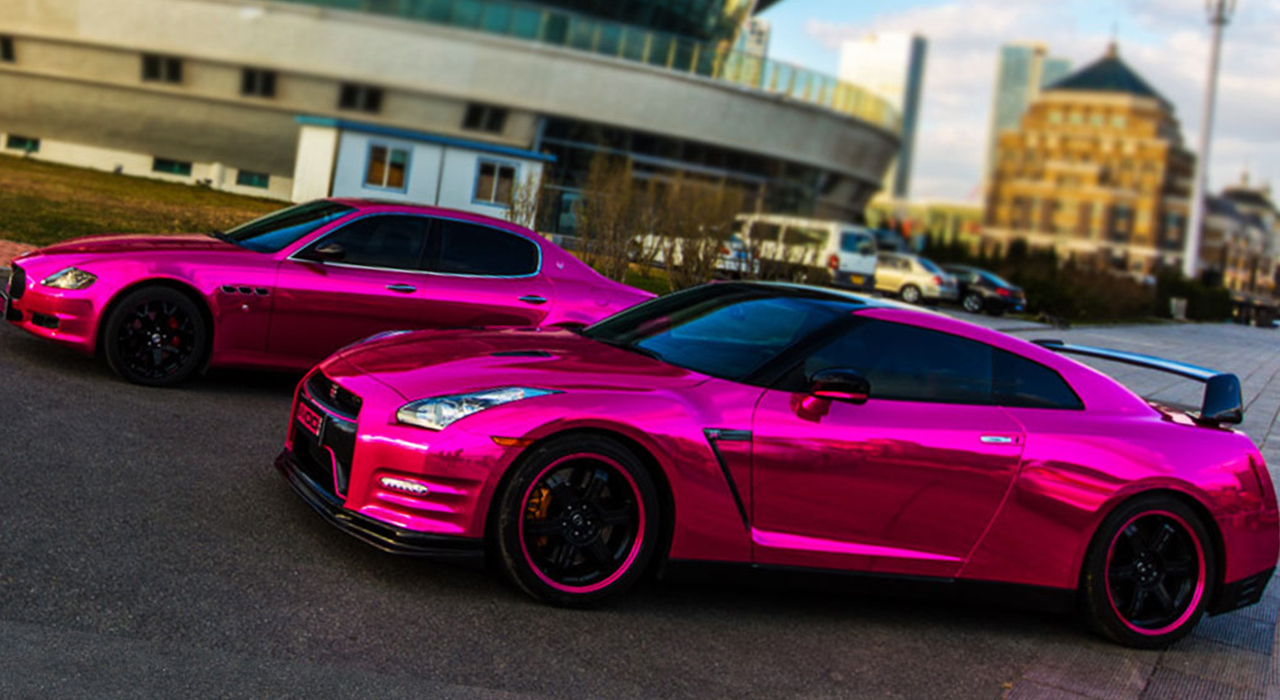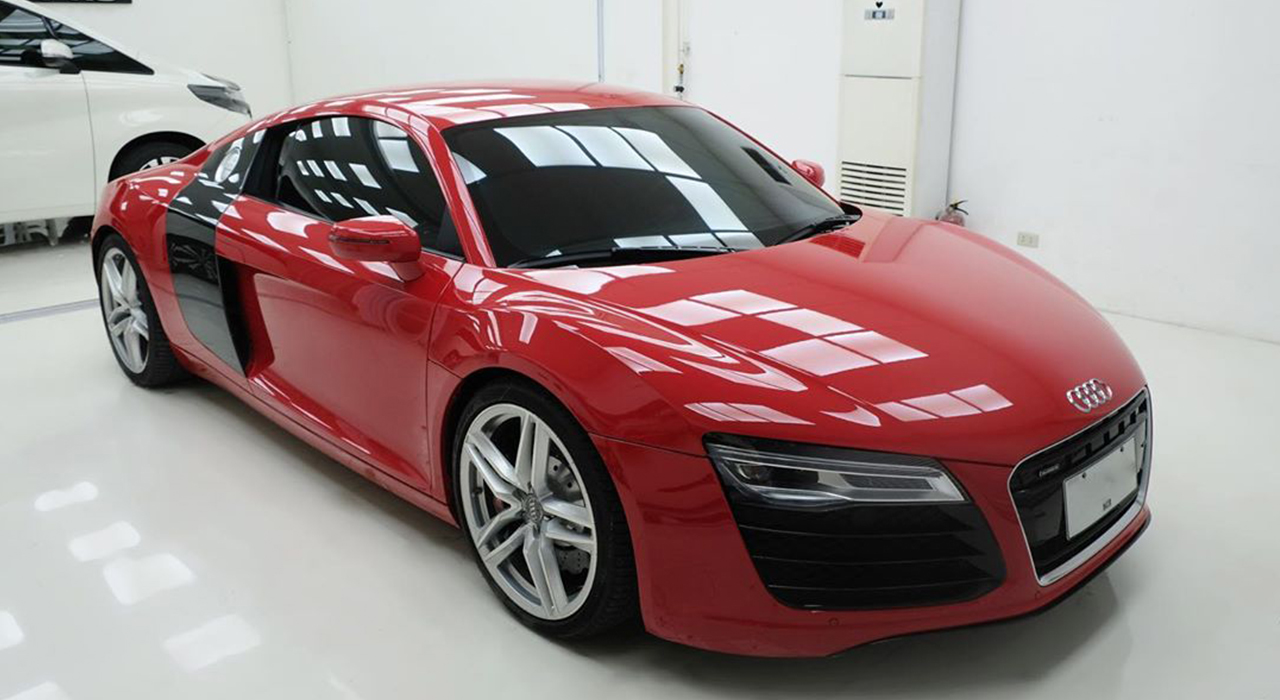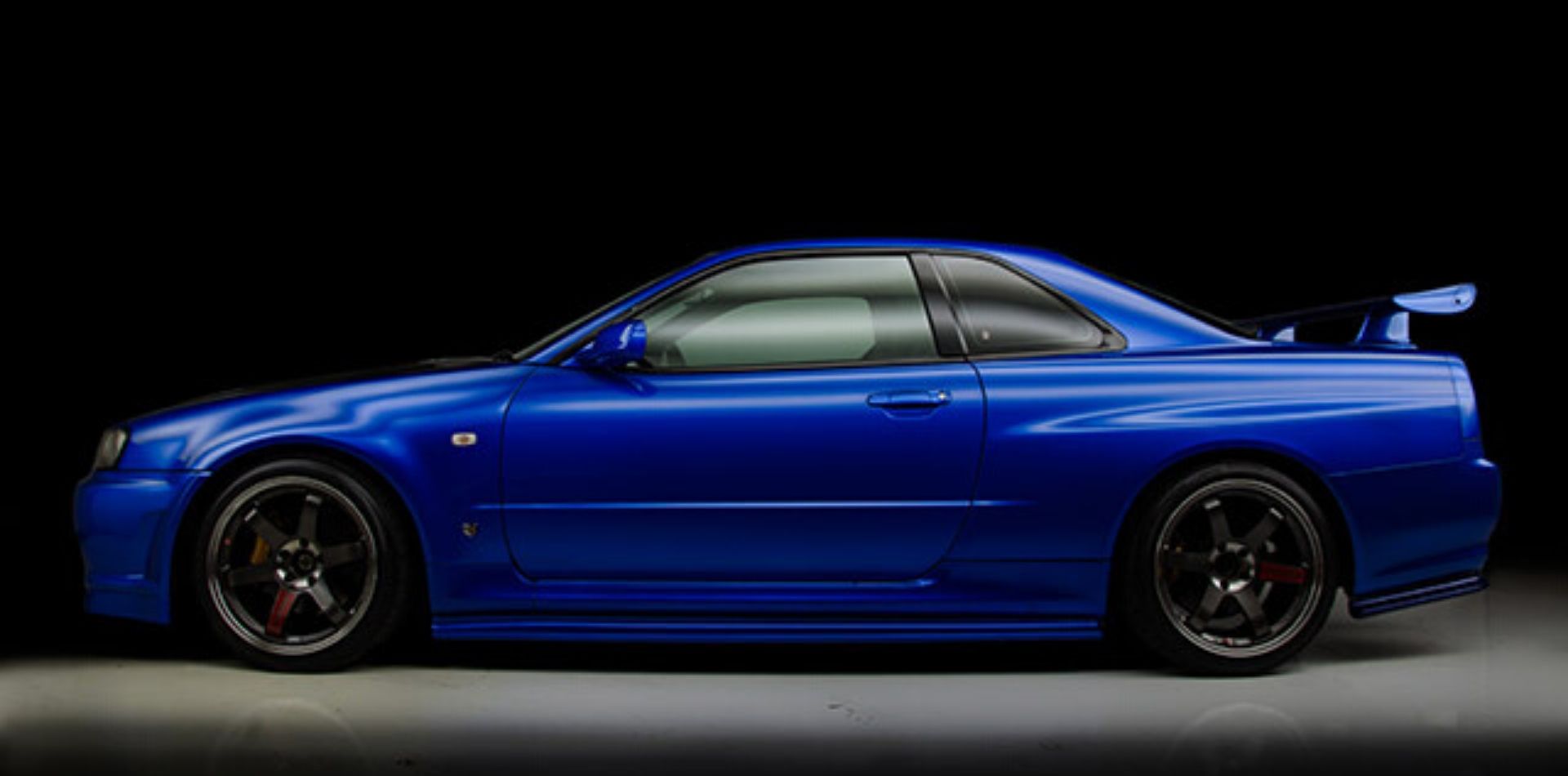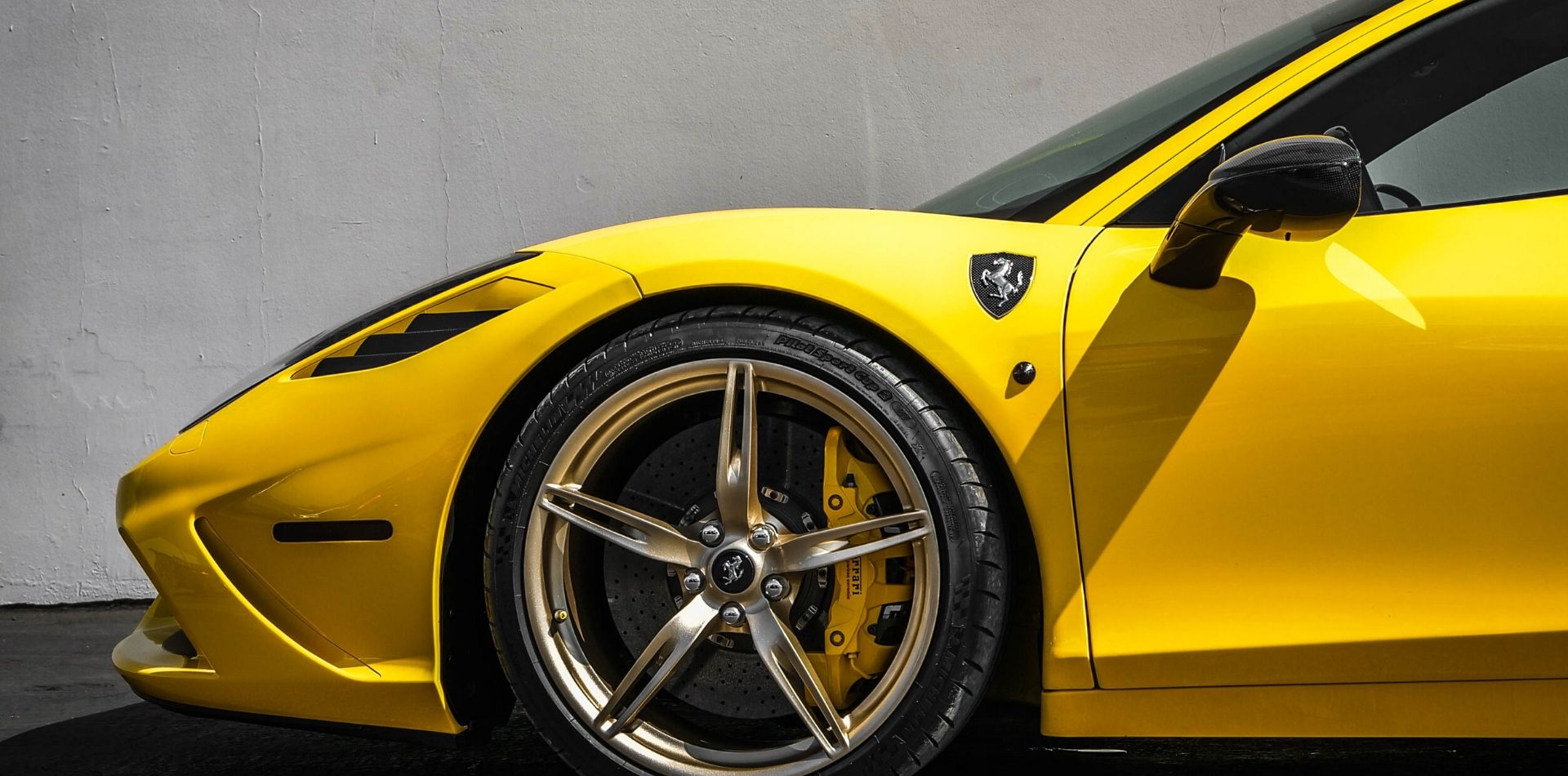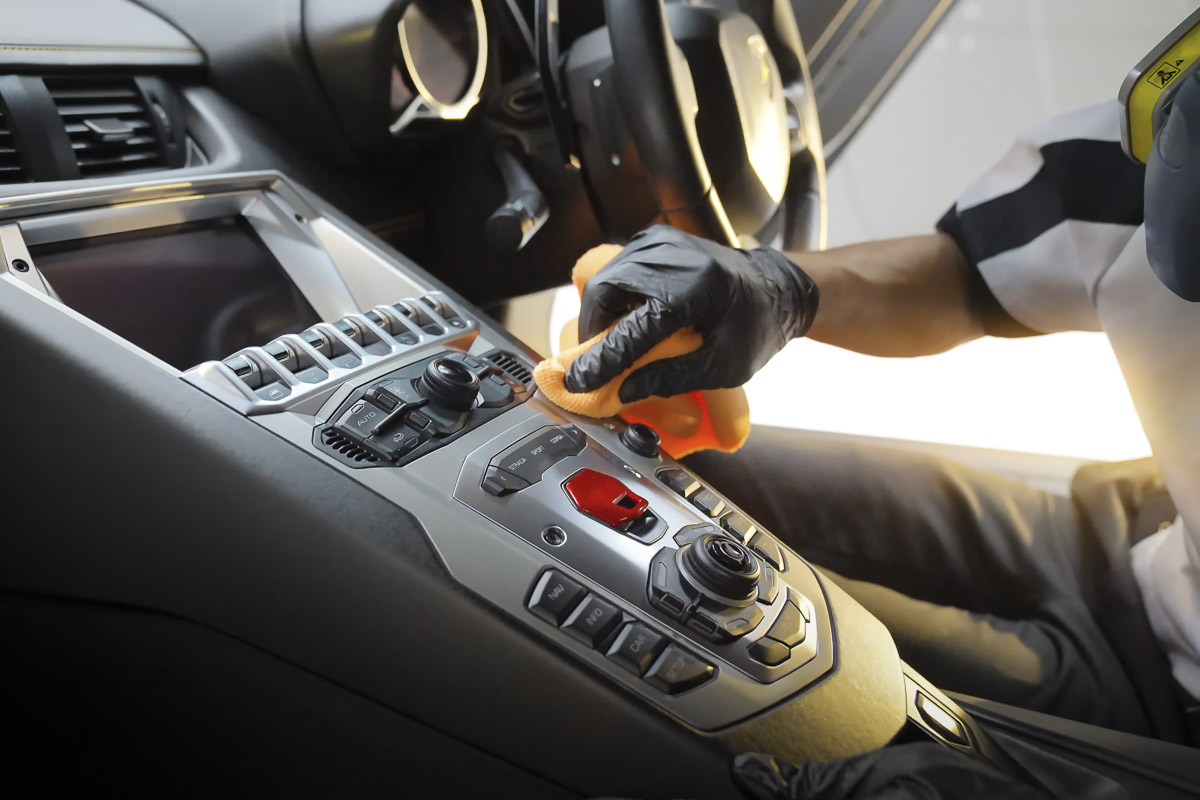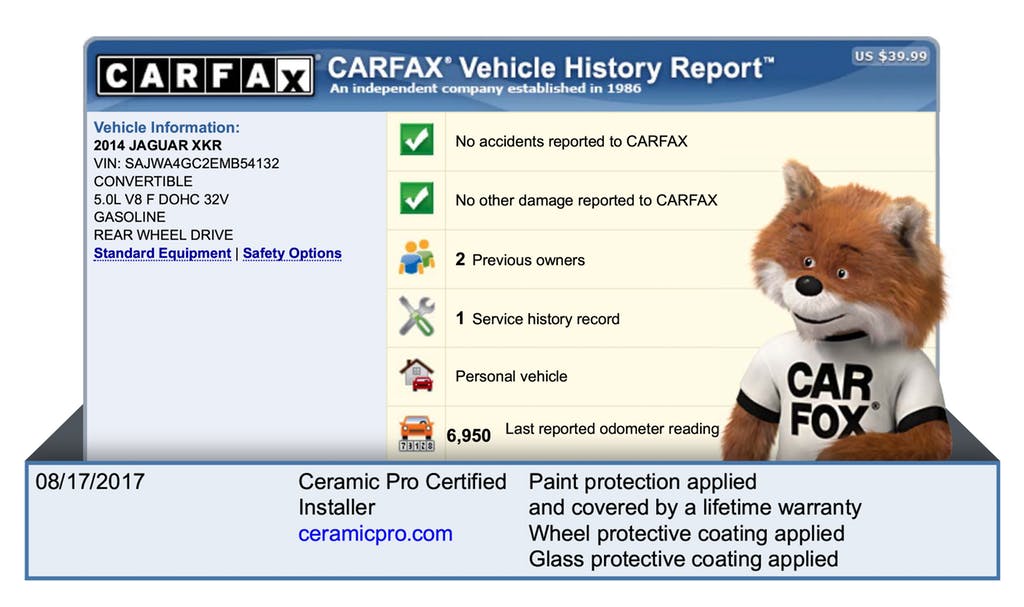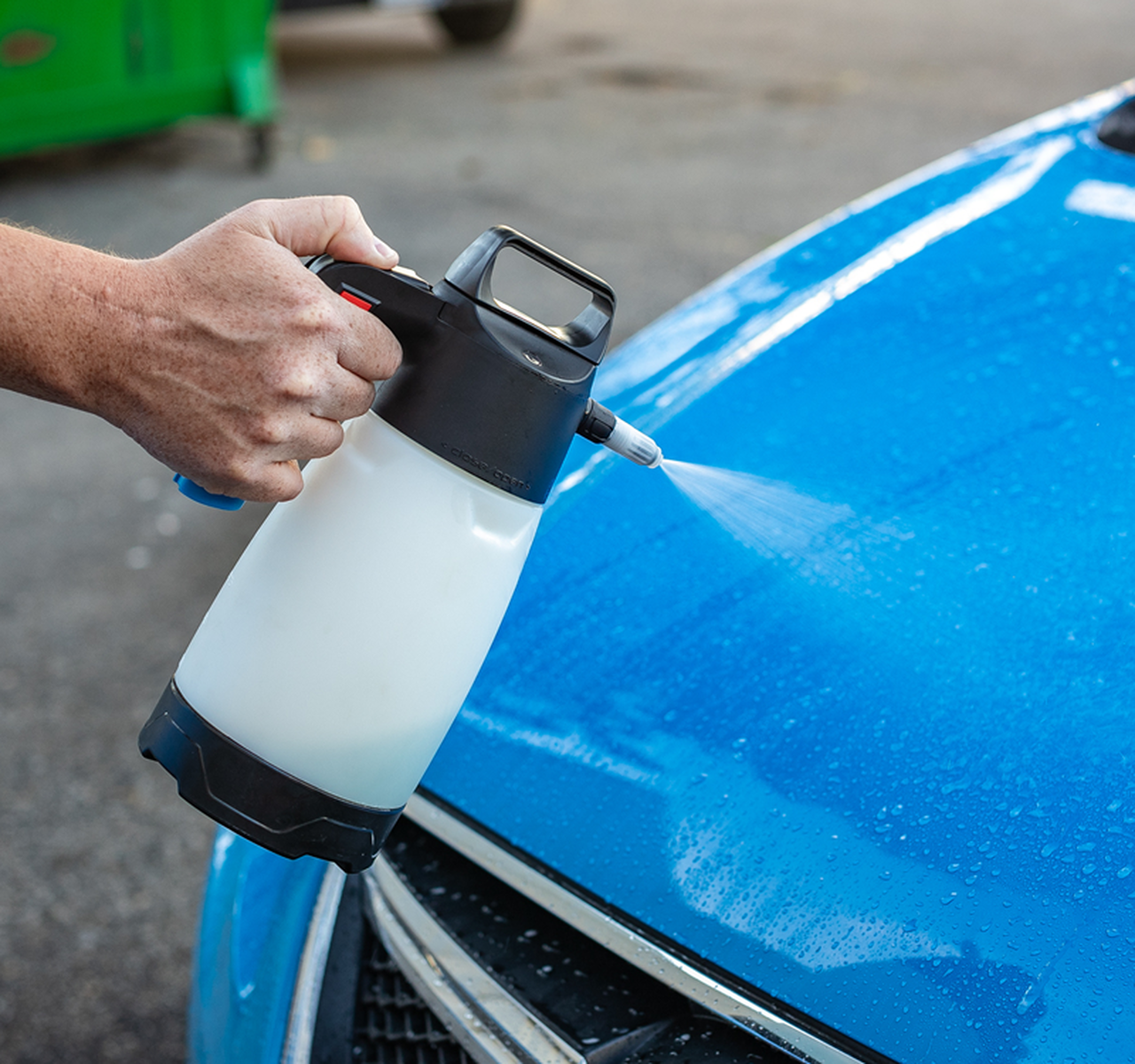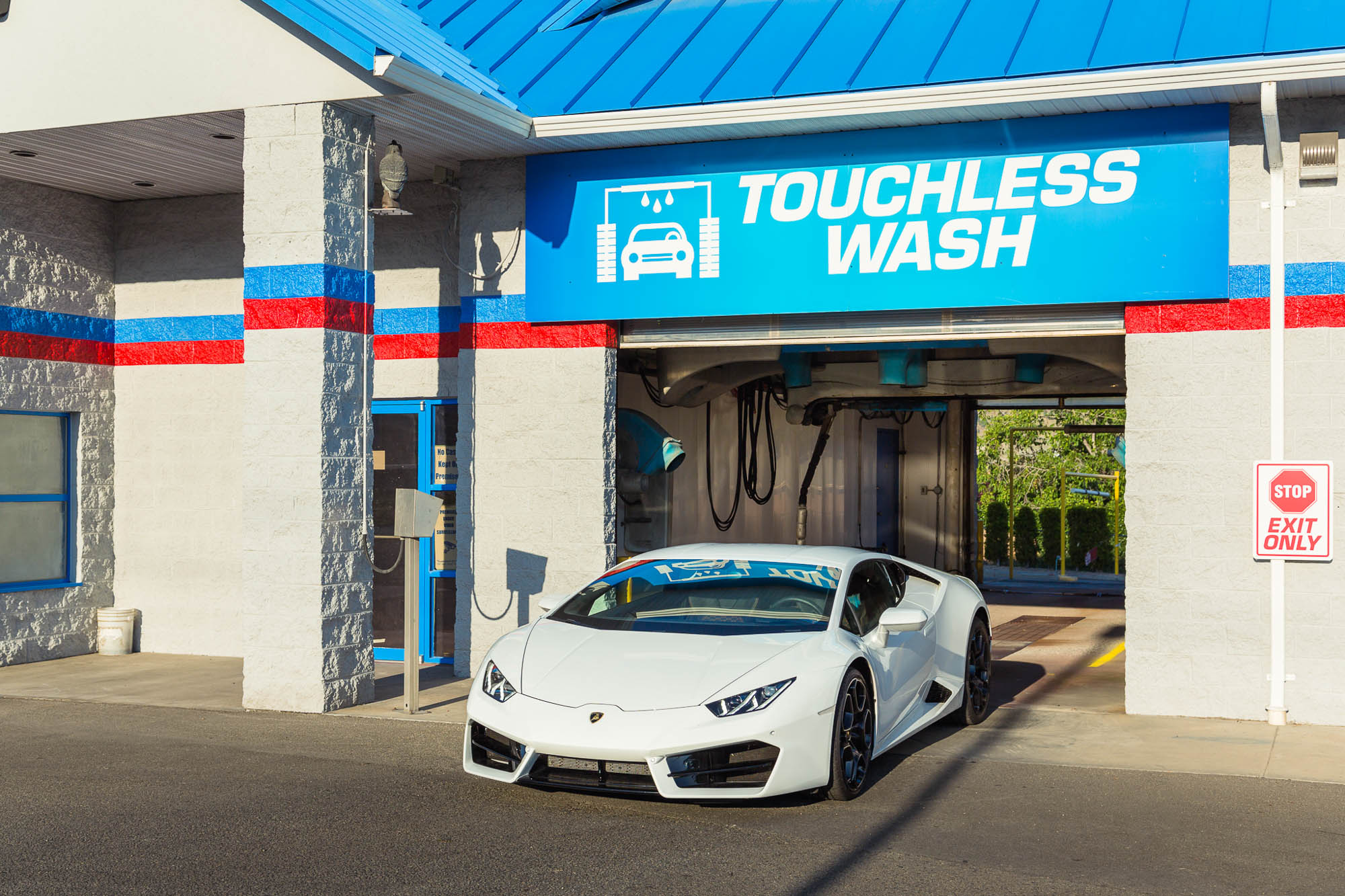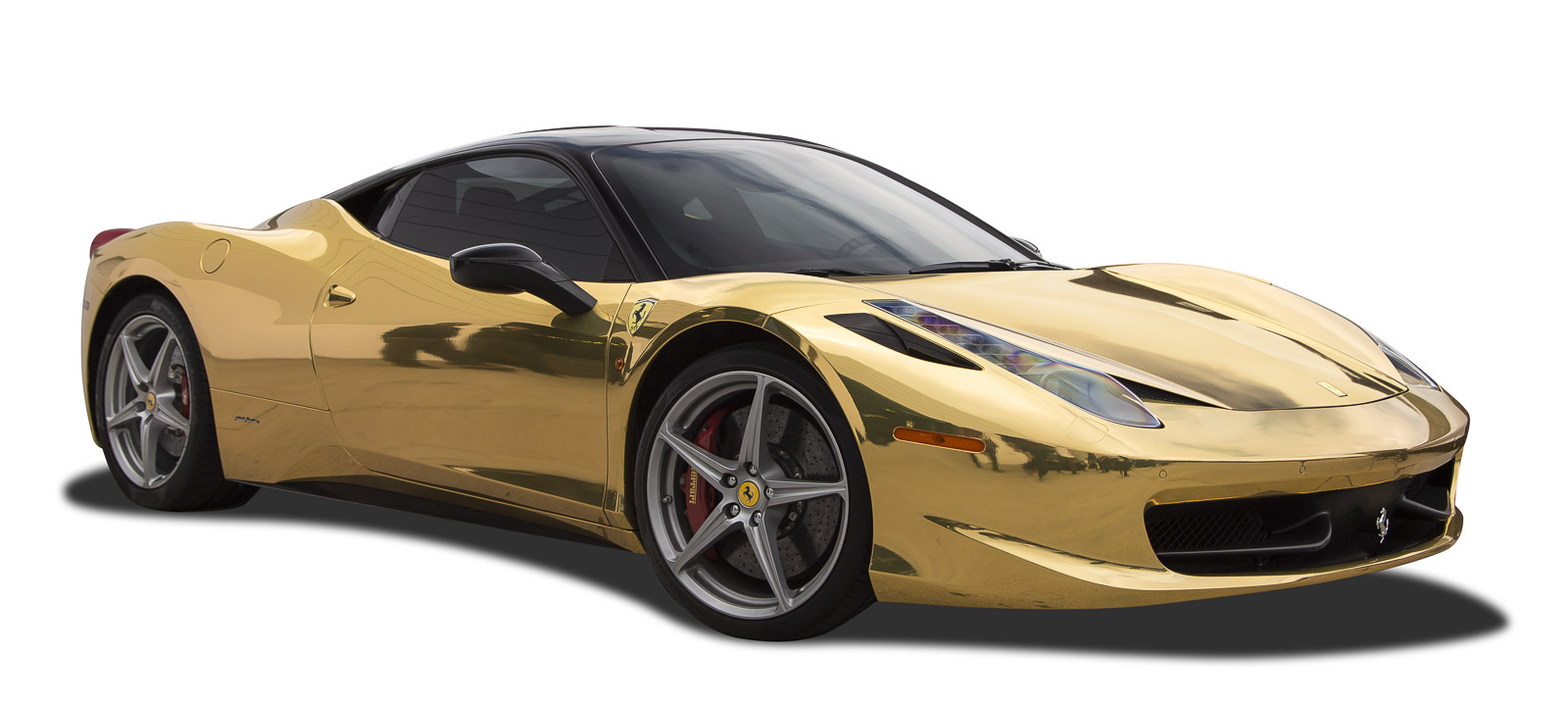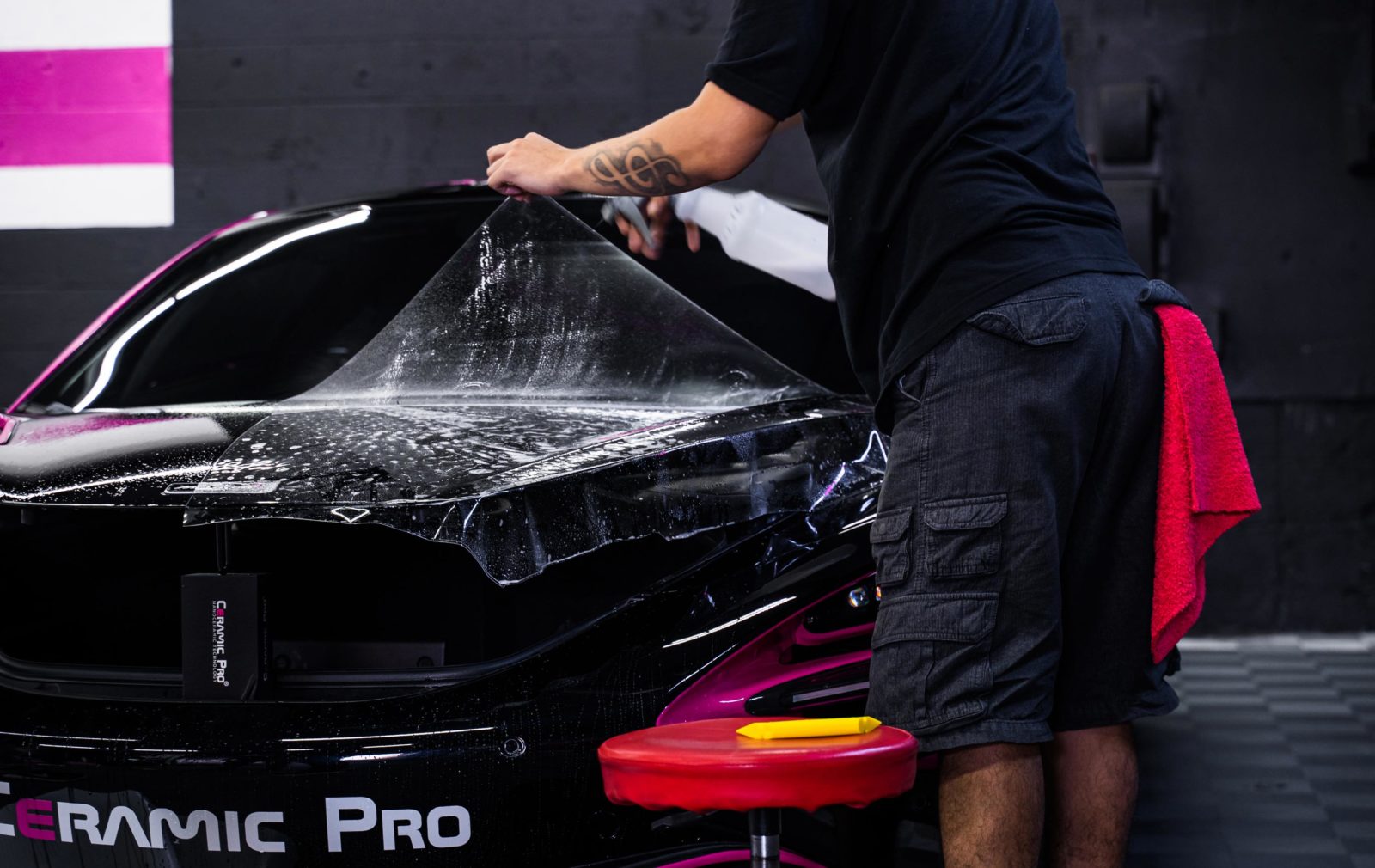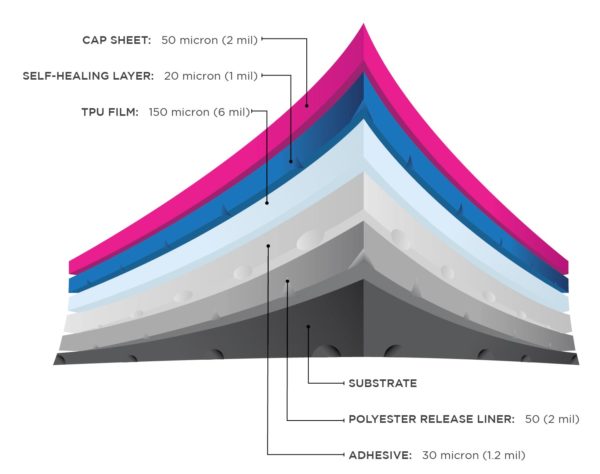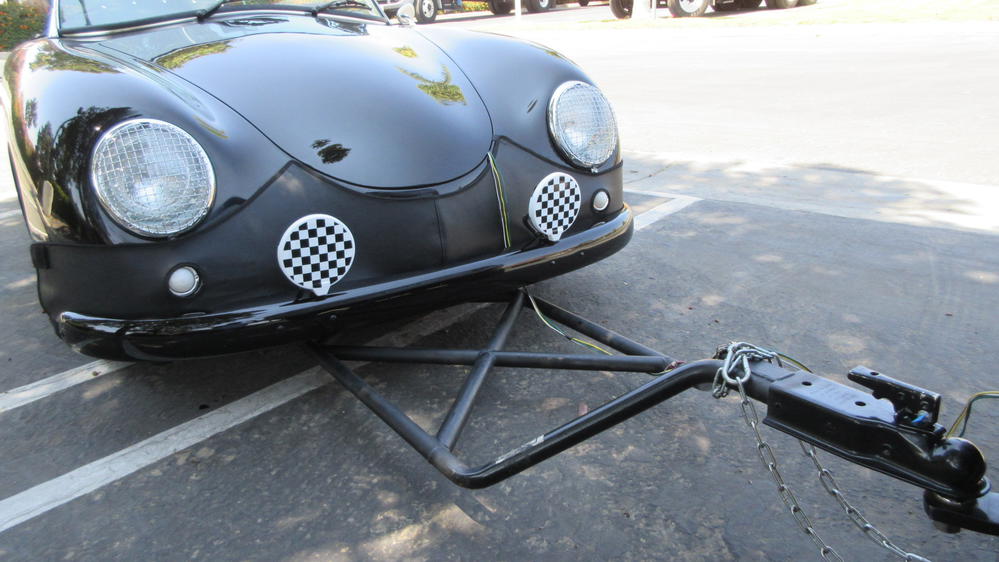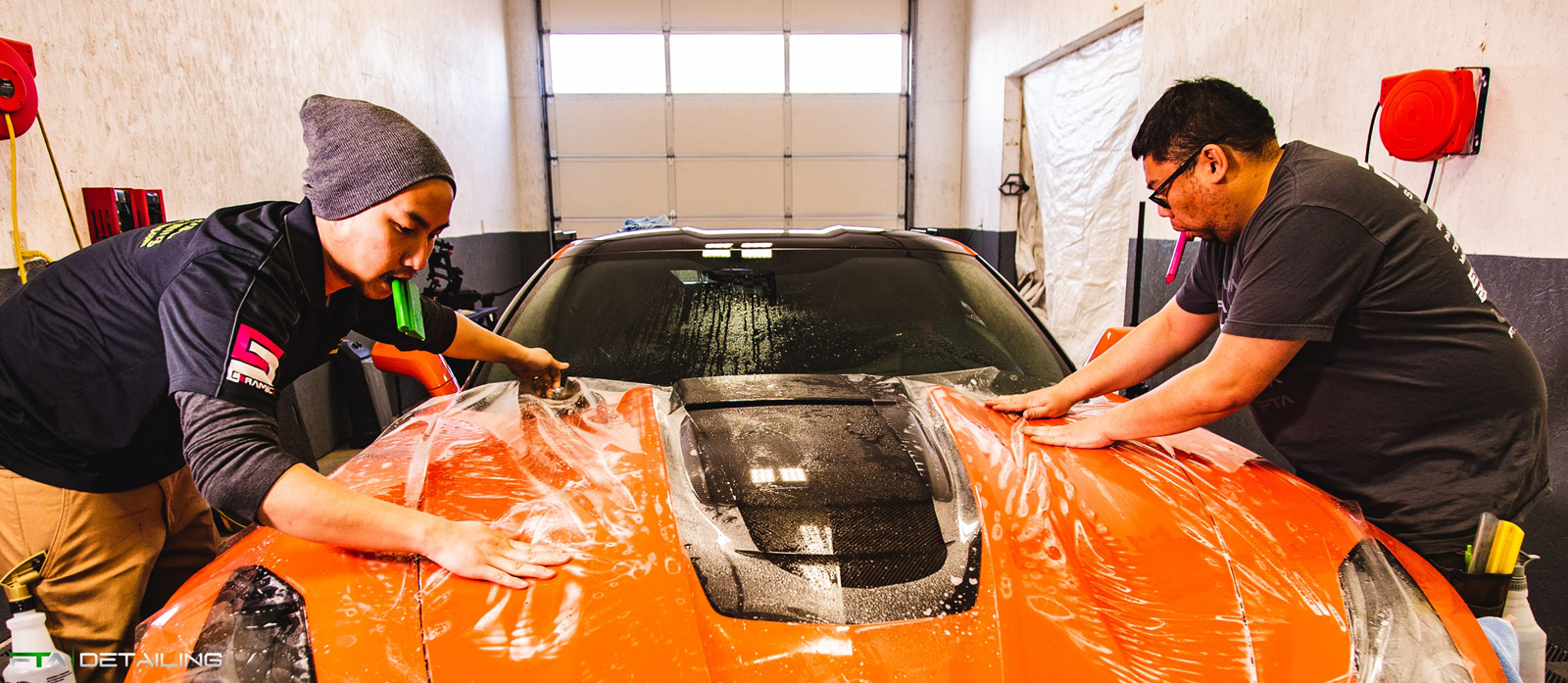Kavaca Ceramic IR Window Tint
Almost any novelty is destined to combat stereotypes. Window tint, as a detailing and car styling product, though, can be hardly called a novelty on the market since it’s there for approximately 30 years already. Yet, the first tints, those bubbling pale-purple films, familiar to us from the 90s, have evolved into technology, that has nothing in common with that questionable “aesthetic upgrade” of a shady (literally and metaphorically!) character. Kavaca Ceramic IR window tint, the latest thing in the product range of the innovative Kavaca films, successfully dispels that typical misperception, becoming strong evidence that modern window tints are now synonymous with safety and comfort.
First window tints appeared in the late 60s, and they were those dyed laminates that are notorious for their short life cycle, color fading, and easy peeling off the car windows. If you think that the poor performance of dyed films in the past banished them into oblivion, you are mistaken. Modern manufacturers experiment with their structure, materials, pigments, and shades, so contemporary dyed window tints can be luxurious and impeccably looking films with excellent endurance and resistance to color fading. Today’s dyed window tints are an entry-level styling solution available at an affordable rate. But still, their functionality is generally limited to enhancing appearance, though some modern color stable dyed films can also block glare from lights and UV-rays.
In pursuit of multifunctionality and fueled by the applied approach, the manufacturers of the 90s came up with the idea to use metals in one of the inner tint film layers. A thicker – compared to dyed films – metalized window tint has metallic particles embedded in the material. This metalized layer both reflects heat and UV-rays and darkens the glass. There is also other, more advanced technology for metalized window tint production, and it’s called sputtering which means bombarding the film by ions of metals in a vacuum chamber. It’s a complex method which logically augments the cost of the film and improves its performance. Though metalized tints also strengthen the window and make it more shutter-resistant, there is one noticeable drawback for any modern and tech-savvy customer – they can interfere with mobile phone signal, GPS, and reception of the radio waves. Also, metalized and sputter films have the mirror-like gloss and metallic sheen that might not go well with the car’s clear coat texture or, what’s more important, be approved by road traffic safety authorities.
Ceramic films, the latest addition to the window tint product range, do not have the limitations and flaws of dyed and metalized analogs. Instead of metal particles, these tints have nonconductive nanoceramics introduced in one or even several layers of such laminates. Nanoceramic materials are the cutting-edge technology that paved the way for Nanoshine Group Corp’s development in the world of protective coatings Ceramic Pro and Kavaca films. The modified ceramic particles have already proven to be an efficient means for protection against harmful ultraviolet radiation, while their possibility to reflect infrared light, just as dielectric mirrors do, is impressive. This knowledge has encouraged the manufacturer of Kavaca Ceramic IR tints to use the nanoceramic particles both on film’s hard coat and laminate adhesive, ensuring long-term color stability and providing the customers with a choice from the range of tint intensity types, each offering a certain level of protection.
But before we proceed to terms and technical characteristics of Kavaca Ceramic IR tints, let us thoroughly discuss, why would a car and its owner need window tinting. Almost every reason for window tinting can be generalized with one word: safety. High-quality window tint is an excellent solution for owners of cars that do not have fabric tint or so-called privacy glass by default, or if they want to have them in a darker shade. Tinting hides the interior of your car from nosy passer-by and thieves, so you can leave your bags and other belongings in the car without worrying that it might draw the attention of sticky-fingered unsubs. If they anyways try to break the window, it wouldn’t be a sure thing as the Kavaca Ceramic IR film strengthens the car glass.
Car is the means of transport associated with high-risks of traffic accidents and injury. Yet, there are hidden and less obvious health menaces linked to driving: if you have ever met a professional truck driver, you should know what we are talking about. It’s exposure to the sun and harmful UVA/UVB radiation that can cause anything from premature skin aging and the dry-eye symptom to melanoma and other skin cancers. Ultraviolet at certain wavelengths passes through factory car glass meaning a car driver and passengers are rather defenseless during daily rides behind the windshield. UV is harmful to interior materials as well, it speeds up the wear and tear process of the inside surfaces, causing plastics to degrade, leather to crack and textiles to lose color.
UV-exposure isn’t the only invisible threat, infrared radiation (IR) is a driver’s foe as well. The infrared light that we sense as warmth, can be baneful in summer months and hot climates. Overheating causes the driver’s loss of concentration and dehydration, not to mention quicker odor diffusion and germ growth in a hot environment of the car’s interior. Sure, air conditioning is there to help with the temperature inside the car, but we all know how A/C affects fuel consumption and general car power behavior (negatively, indeed). If money is not the factor convincing enough, then try to calculate, how many minutes you waste at a street parking, trying to create a draft with the car’s doors open, just to release the sauna steam inside the vehicle that was left for an hour under the sun.
Kavaca Ceramic IR window tints are created to defend you from these negative sun radiation factors. Unlike sunscreen or polarized sunglasses, window tint won’t expire and go out of fashion, providing impressive protection from harmful UV and annoying IR to car driver and passengers’ health, and vehicle’s inside. Also, in wintertime, such window tints help to accumulate warmth inside the car, so the heating system will reach a comfortable temperature quicker and, due to effective heat exchange, the warmth will last longer. So, Kavaca Ceramic IR is a win-win for both winter and summer!
UV and IR aren’t perceptible by a human eye, but with no doubt, visible light can be a disturbance in the traffic. Sunlight, glare from the headlights, reflections, and flashing, especially during a rainy day, can divert a driver’s attention from the road and influence his or her decision-making in the quickly evolving traffic situations. A high-quality tint has to suppress such glare and should not sacrifice clarity for the desired level of glass dimming. Score another one for tinting your windows with Kavaca Ceramic IR and its safety benefits!
And last but not least, the reason for having a window tint is the look it creates. Let’s agree, that a tinted vehicle, if the intensity and shade of the film match this particular car well, looks better than a vehicle with the “factory-default-transparent” glass. Black is the color associated with class and luxury, no wonder the darkest window tint is also called the “limo-tint”. Is there a car more expensive and high-ranking than a limousine? The tint is no more the means to hide. On the contrary, it’s there to highlight the beauty and style of your “best friend” and your taste.
What are the most important technical characteristics of window tints and the criteria for a customer’s choice? When looking for a film, you should be paying attention to 5 aspects: VLT, IR, UVR, TSER, and Glare Reduction. Sounds worse than it is, truly. VLT stands for Visible Light Transmittance – it’s the percentage of visible light that passes through the film. The less light is transmitted – the smaller percentage is and the darker films are. So, the VLT of a limo-tint is 5%, and the clearest film would have a VLT of 70% or more. VLT is the most important parameter when it comes to the country’s window tint regulations. It’s very different worldwide, so make sure you research the allowed VLT scores in your region. IR is the indicator of Infrared reflectance, the amount of heat that is rejected by the surface. UVR, accordingly, is the amount of ultraviolet radiation reflected and rejected by the tint. TSER – the Total Solar Energy Rejected – is a more comprehensive formula to measure film’s ability to block the effects of a) UV light, b) infrared radiation, and c) visible light, all together. The TSER value increases with the film’s ability to reject the three above mentioned aspects of solar energy. Glare Reduction – the total amount of visible light that is rejected by a surface. So, in general, you want a film to reach the highest scores in all parameters except for VLT – it’s more of a matter of your personal choice and/or complying with regulations.
Kavaca Ceramic IR window tint is available in 6 options, all differing in VLT and, the way we see it, in the intensity of black color: 05%, 15%, 25%, 35%, 55%, 70%. Once again, 5% is the darkest tint and 70%-option is almost clear and suitable for a windshield. As you see, other parameters in the majority of cases vary proportionally to the VLT percentage except for UVR that reaches maximum performance no matter the color intensity of the tint.
With various VLTs available, you can choose the exact Kavaca Ceramic IR type that matches your personal and law requirements and even create a unique gradient with the tint getting darker from front to rear windows. Of course, we wouldn’t advise you to create it by yourself – window tinting is a very complex process that requires a dozen tools, cleanliness in the premises compared to a hospital’s O.R., and a steady hand of an experienced tinting professional. Kavaca Ceramic IR window tint is only available to the certified and trained installers working in authorized detailing shops with a controlled environment. The car and the glass itself should be cleaned to perfection before tinting, and the detailing studio should be dust-free – otherwise, dirt particles or fingerprints will be “sealed” under the film. With the years of experience in the Ceramic Pro and Kavaca business, Kavaca Ceramic IR installers can ensure perfect installation and offer a limited lifetime warranty for the tint – it will provide you enhanced protection for years, without tint’s color fading and bubbling.
Kavaca Ceramic IR is not only an upgrade of your car’s look. It’s a long-term investment for your well-being that protects you and your family members from the negative effects of UV and IR exposure. With no signal interference, Kavaca Ceramic IR contributes to a safe and comfortable ride day by day. Think smart and take care of yourself with the help of the Kavaca Ceramic IR window tint. Because safety is the number one priority.

